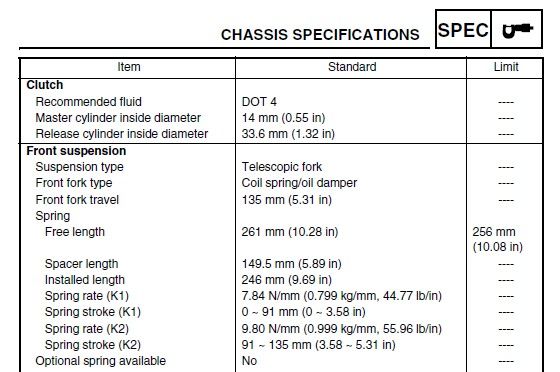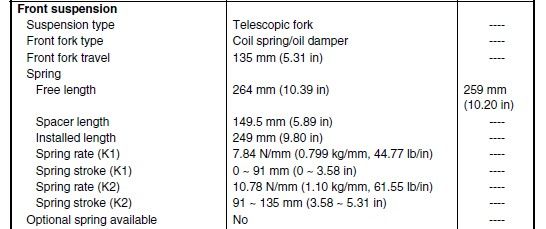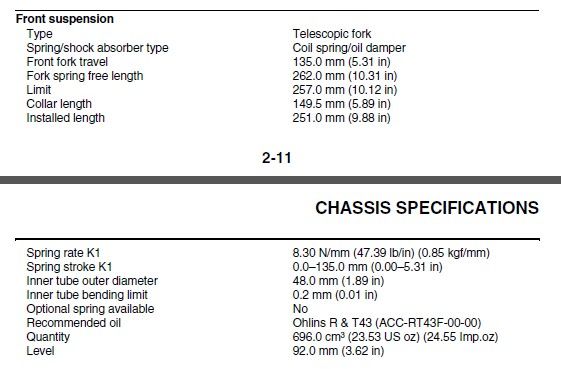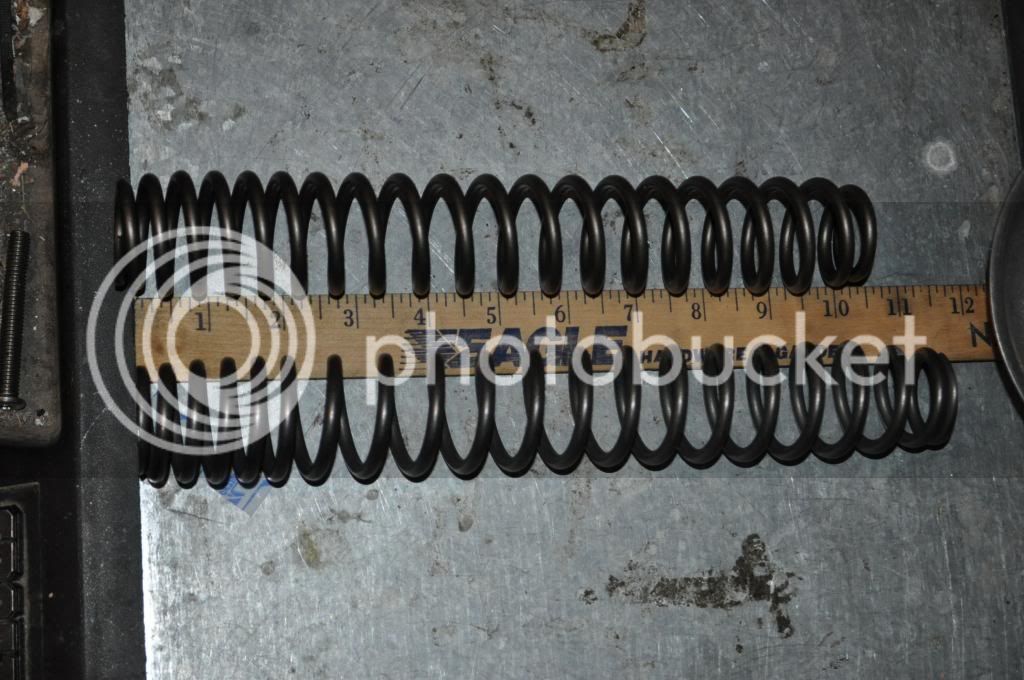Is your harsh ride coming from the Ohlins? I think that while Ohlins offers different springs, one size fits all when it comes to damping, and they tend to set their shocks up for high speed track use rather than normal street riding. You should try turning the compression damping to full soft and if you still have a harsh ride it may be necessary to have it revalved.....which GP Suspension told me they had to do a lot with the Ohlins they sold.
Yeah, guess I should have done more research on the shock. You're not the first to tell me similar about a 'one size fits all'. I know I ordered a specific spring with this shock that was one size stiffer than their 'normal' and that was based on conversations with one of their corporate techs. I will say I got such a smoking deal on the Ohlins I don't think I would have (can't afford) gone any other route however.
I still have a lot of playing to do but I did back the shock's compression off only two clicks and things got better. When I get a chance, hopefully sometime this week I will back it off fully and play with it more. Hope to get some friends together and do proper SAG measurements also. Supposedly my rear SAG right after install was only 10mm but I think that is wrong. Feels like more to me. I think he measured wrong. It had been a long day and we both had other fish to fry. Obviously if it is only 10mm I have a spring problem too.
For fork rebound, I still have to play a little but I went from 1 or 2 clicks out with stock, to almost the full 17 clicks out with the new RaceTech forks.
























































